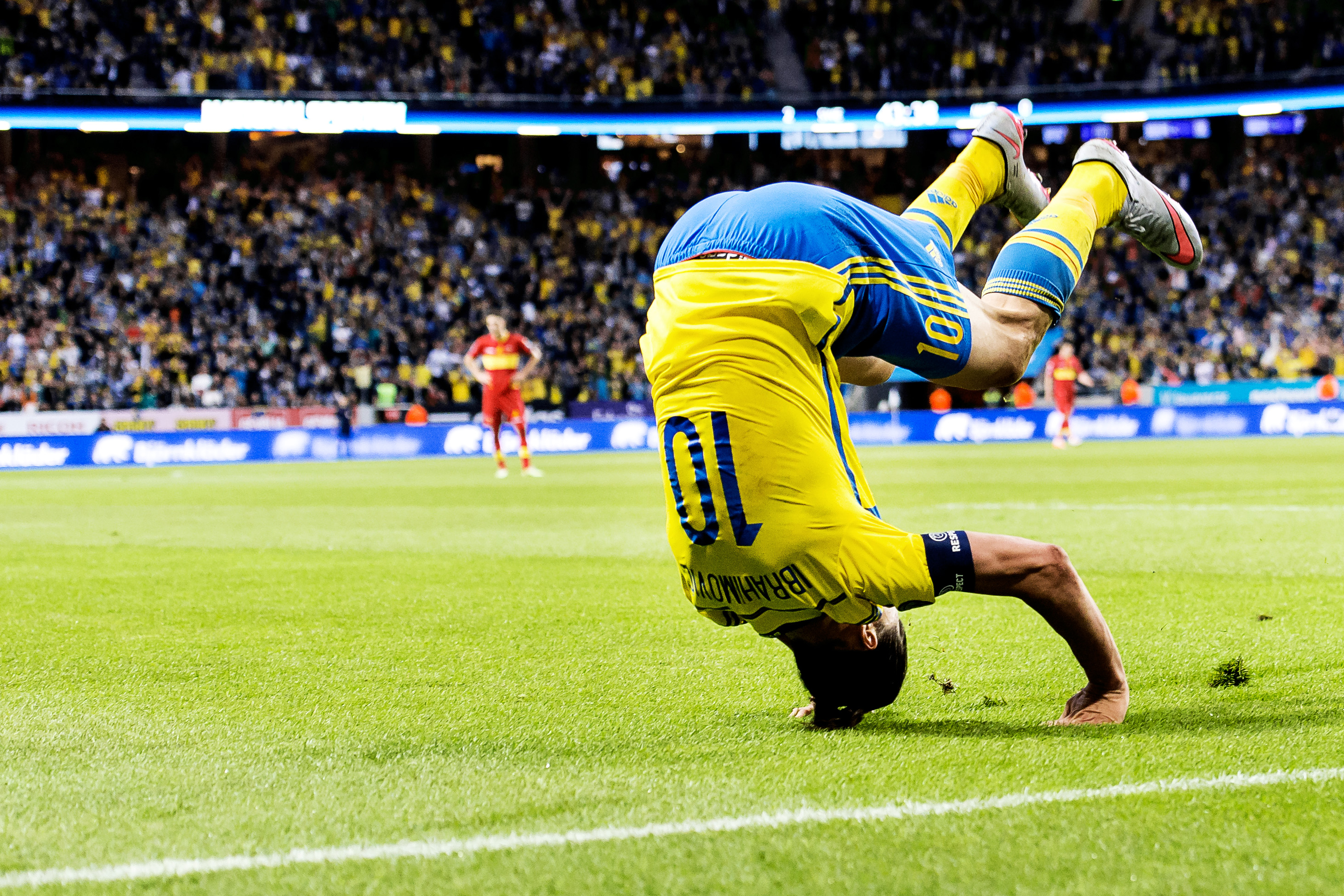World FZO 4th Annual International Conference and Exhibition (AICE 2018) in Dubai starts today with the theme ’Free Zone 10X – The Path to Prosperity’.

I am speaking about security/compliance and modeerating a panel.
I love music and especially rock and pop. People who write their own songs, has a specific spund and singers with charachter.
These are the five best rock sibgers ever in my mind:
1. Don Henley
I love the voice of Don Henley, the enigma of the legendary Eagles, later a solo artist having written and sang some amazing songs.

We have all heard Hotel California, Wasted Time, The Last Resort, but my absolute favourite is New York Minute. Maybe since ot was the song playes on the radio in the hospital when my son was born.
The last sentences of Wasted Time says it all. He is not singing, itbis the voice of an angel.
For me Henley is the best male singer ever.
2. Jimmy Barnes
I was in Australia in 1998. I had listened to Australian music for some time; Midlight Oil, INXS, AC/DC. I wanted to see the artists live in their backyard. I wasn’t prepared for what I was anout to meet.

The first time I heard Jimmy Barnes, was in Janis Joplins Piece of my Heart. It was mindblowing. I remember thinking, who is this guy? The Force. The Power. The Madness. Tjis is rock’n roll.
In Australia Jimmy Barnes was a superstar. The former lead singer of Cold Chisel. Now he was solo. It didn’t matter. Barnes is a thunderstorm. Unstoppable. On Christmas Eve 1988 I saw him live the first time. It was a show in a stadium in Sydney. Maybe the best concert I have ever been to.
Jimmy Barnes is the best rock singer the world has seen so far.
3. Paul Bono Hewson
Ther is nobody like Bono. He is larger than life. My hero. The voice of my generation. Political. Intelligent. Saving the world. The feeling in that Irish voice. The storytelling. The Songs. Enormous songs. Out of the ten best songs ever made Bono has written five. In my book. But it is about the way he sings them. Like it is all or nothing. The last song ever to be sung. Every time.

Bono is The Singer. Up there, on the line – living, acting, interacting, reacting.
Did I ask too much? More than a lot. You gave me nothing, now it is all that I got
He took bis name Bono from latin, a sentence he saw in the wondow of a record shop. Vono, means ‘Good Voice’. He certainly has that.
4. Bruce Springsteen
I read an article in New Musical Express. It was 1977. About this working class man who played four hour shows since his audience might only see him once in their lives and he wanted to give them something to remember. I thpught, I need to öisten to this artist. So I went to my öocal record shopnin Simrishamn, Österlen, Sweden and I asled for Bruce Springsteen. The guy behond the desk said that tjey had to order it. I said, please do. Three weeks I held the best rwcord ever made in my hand. Darkness on the Edge of Town. The power, the darkness, the strenght in his voice singing.
Poor man wanna be rich, rich man wanna be king
And a king ain’t satisfied till he rules everything

You believe him. His voice is telling stories, the truth. They call him The Boss, but he never liked that nickname. He is a priest of rock’n roll singing the gospel.
Badlands, you gotta live it every day
Let the broken hearts stand as the price you’ve gotta pay
Keep pushing till it’s understood
And these badlands start treating us good
The records were amazing. But ot was as a live artist Bruce Springsteen became who he is. As Jon Landau said, ‘I saw the future of rock’n roll and it’s name is Brice Springsteen’.
I went to my first Springsteen in 1981. I have seen twentyone more since then.
5. Kurt Cobain
One day I turned on the radio and I heard it. Smells Like Teen Spirit. Nirvana. Seattle.

I thought, I have to know what that is. I need to klow who that singer is, somce I had never heard anything or anyone like him. It was Kurt Cobain.
A Voice. The Anger. The Pain. The Abuse. The Bullying. The Love. All the anger, pain, abuse, bullying and love in the world. All in one voice. You could hear it. The voice of Kurt Cobain.
Blockchain is the talk of the town. Buut what is it really?
A blockchain is an incorruptible digital ledger of economic transactions that can be programmed to record not just financial transactions but virtually everything of value.
Blockchain technology is like the internet in that it has a built-in robustness.

One can say that it’s a chain of blocks each containing a transaction. The chain is open to all participants, who can see all transactions since the start – neither the chain nor the blocks can be changed. Blockchain thus provides the same value to all participants and this information is updated simultaneously in all places almost in real time.
The speed, low transaction cost and global capabilities are the strength of blockchain.
The key thing is that we so far primarily have seen applicatilns in the finacial sector, while the real value of blockchain technology is huge and applicable everywhere – especially in the global supply chain and global value chains of international trade. The work done by IBM and others in this sector is extremely interesting and I am convinced that it will crucial for the future of international trade, as the cpncrete for new trade super highways and trusted trade lanes.
For a long period of time people has used the lack of information security as the reason for not exchanging crucial nominal data. Now that excuse is gone.

At the same time blockchain has become a buzzword used by everybody all the time as the answer to all problems. We need to move away from that – since blockchain is way too important for the future to be limited as a miracle drug solving all challenges.

For those of you who want to learn more about blockchain but also about other new technologies and how they really can be used in our sector, read my colleague and friend Ziv Baidas articles on LinkedIn or on other platforms. One of the best writers on technology in our industry.
Another piece of advice arpund blockchain is that if you have any questions on how to use this new technology in your business – Governments or Private Sector – is to contact my old friend Norbert Kouwenhoven from IBM that works with this 24/7.






You must be logged in to post a comment.